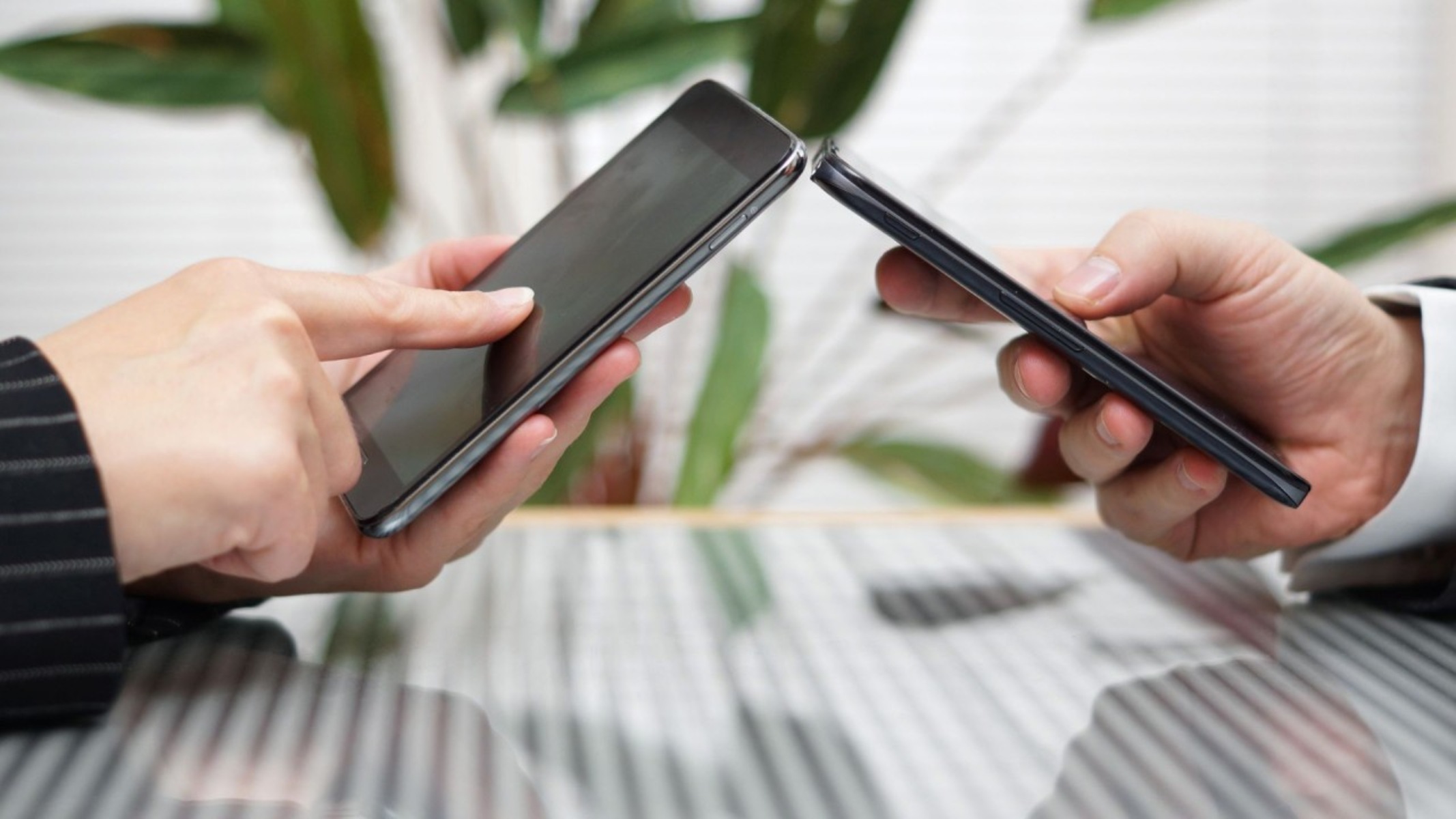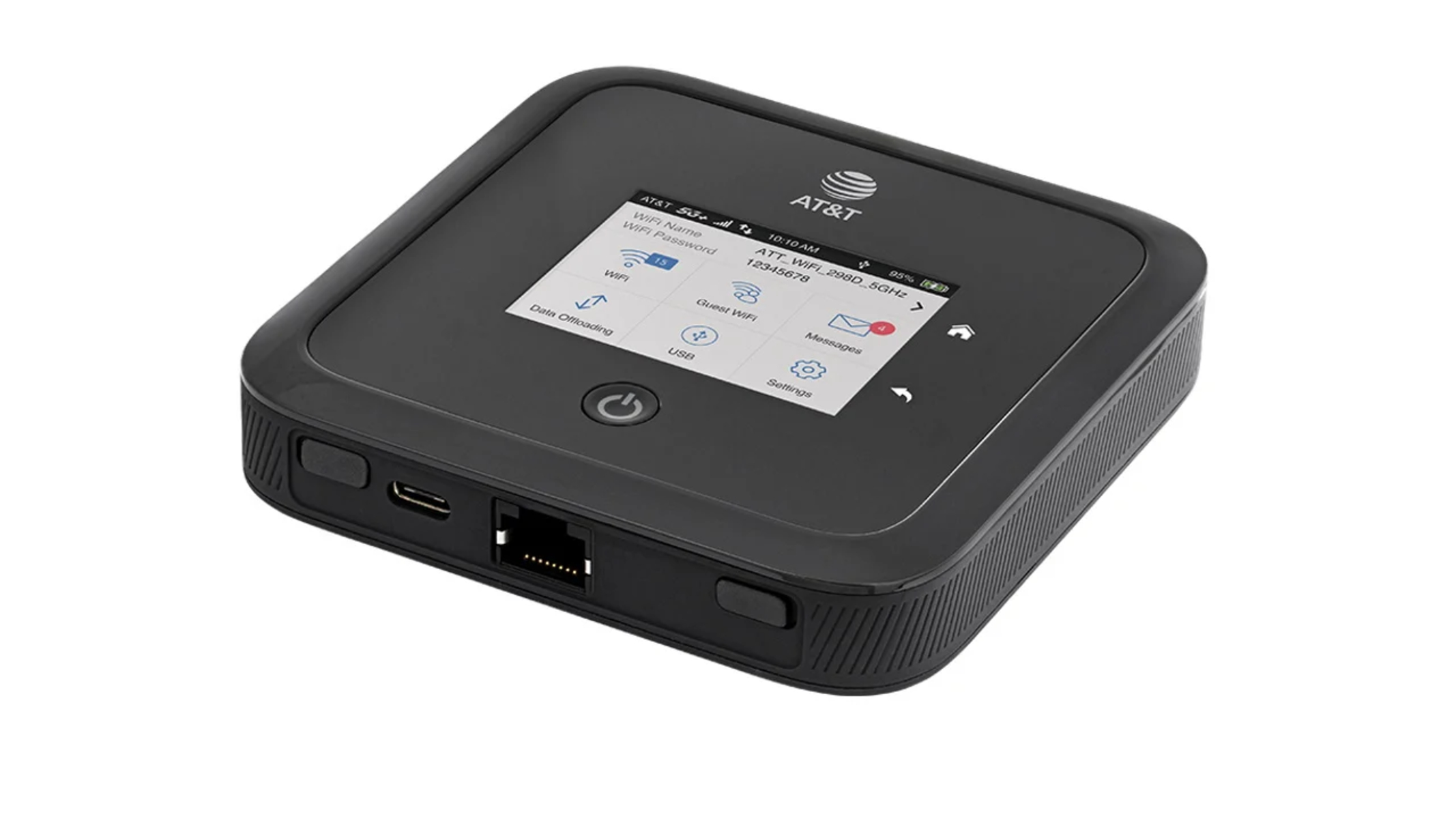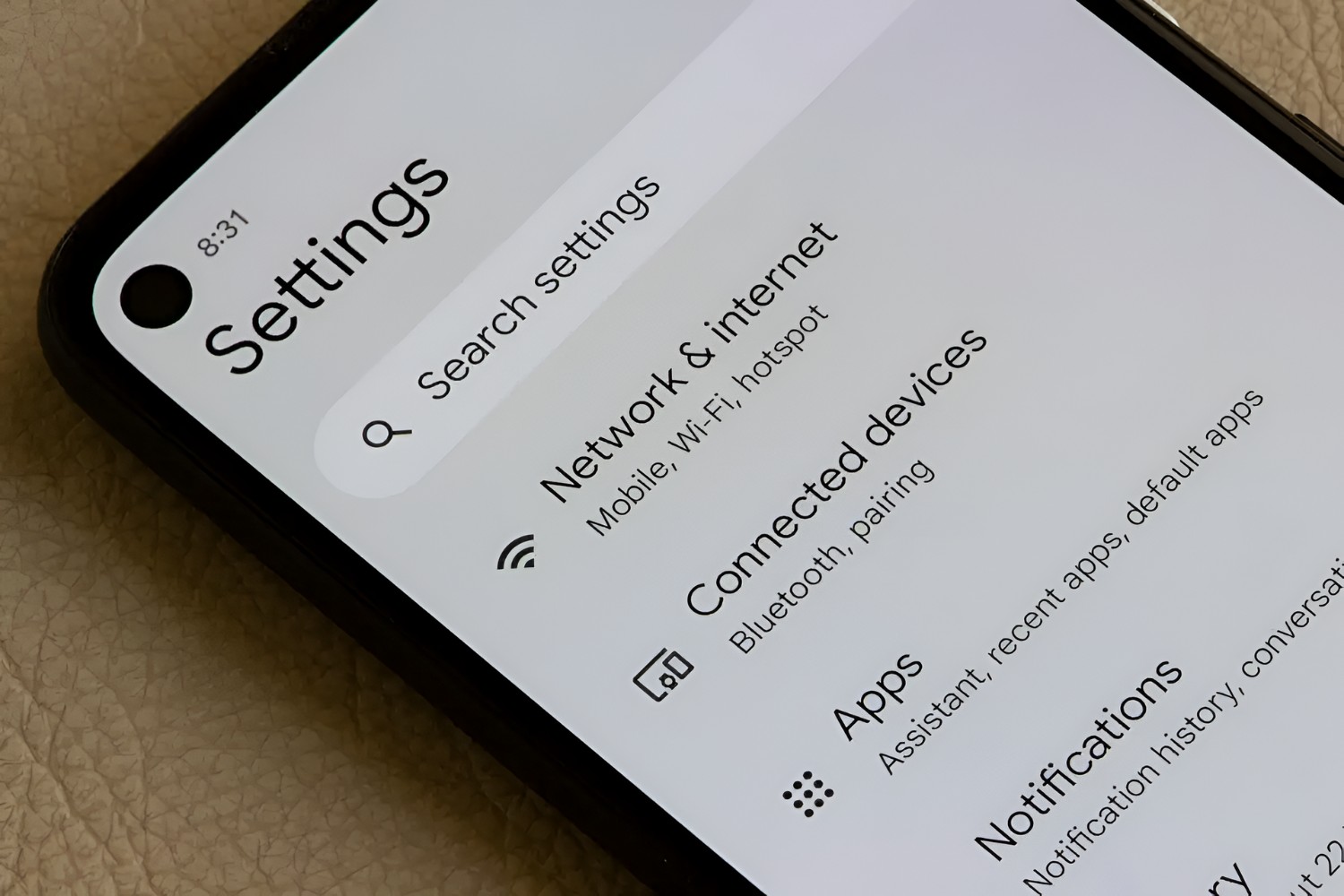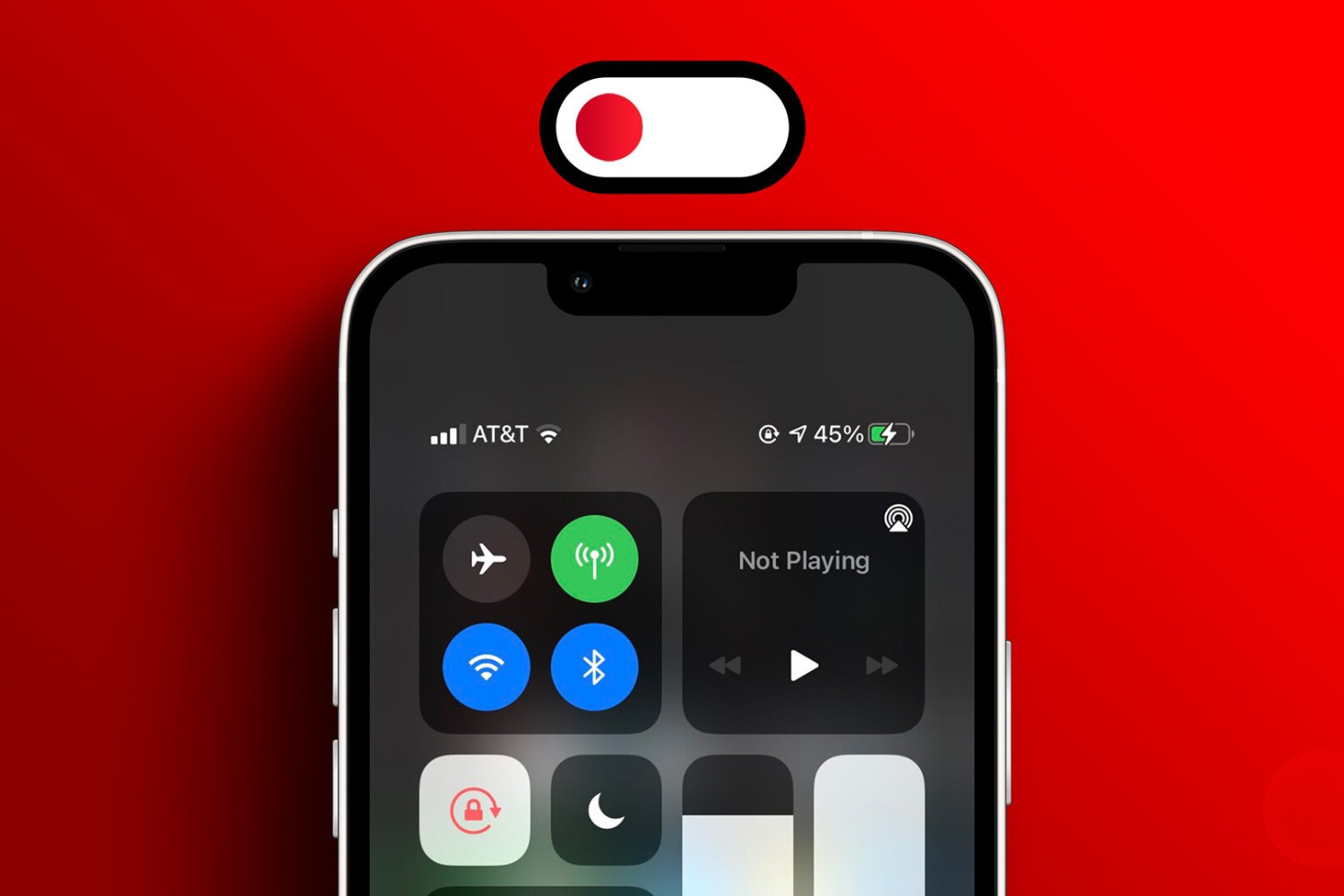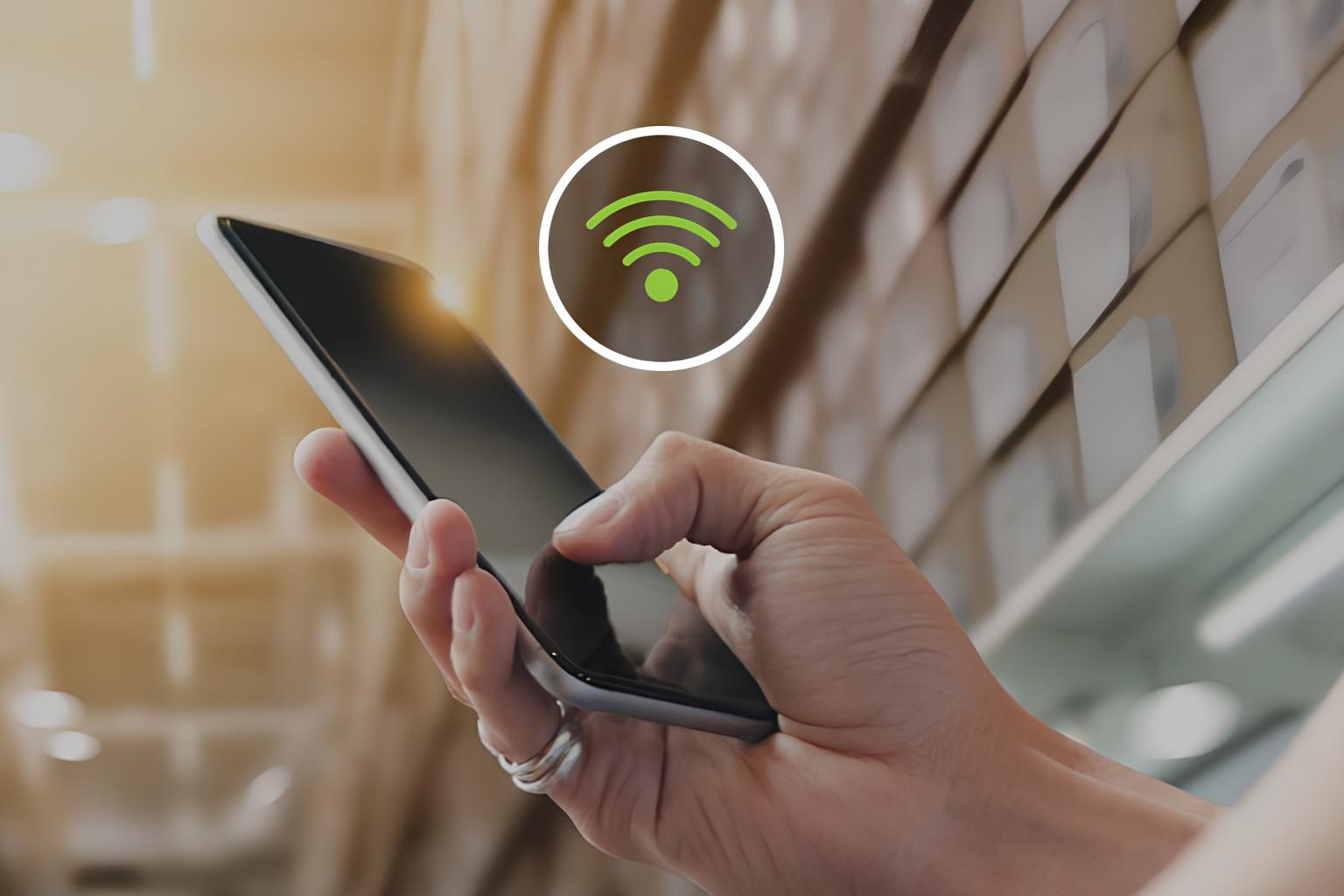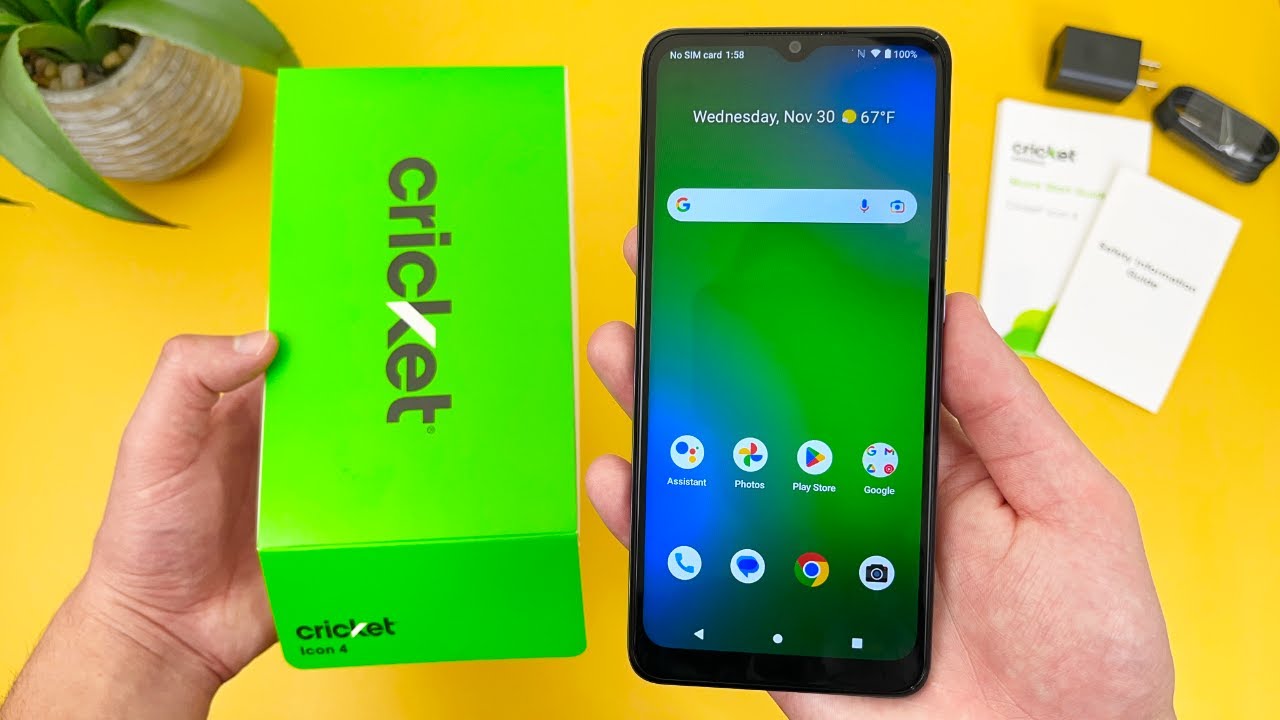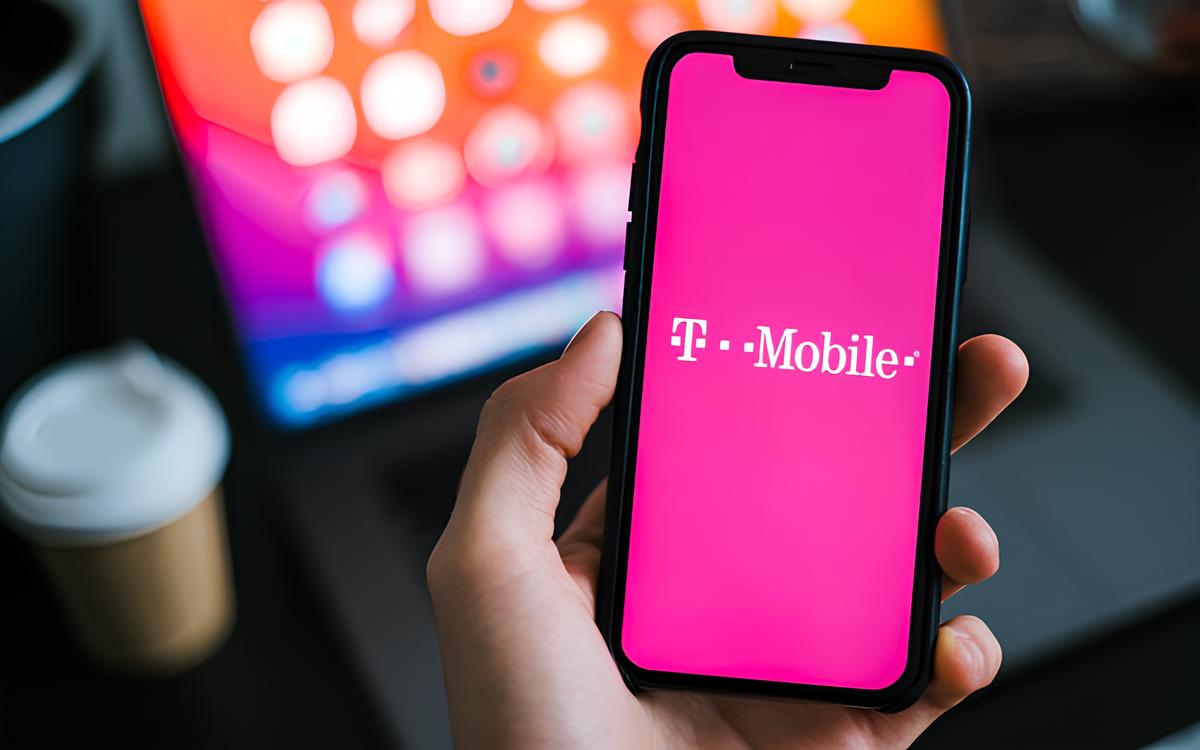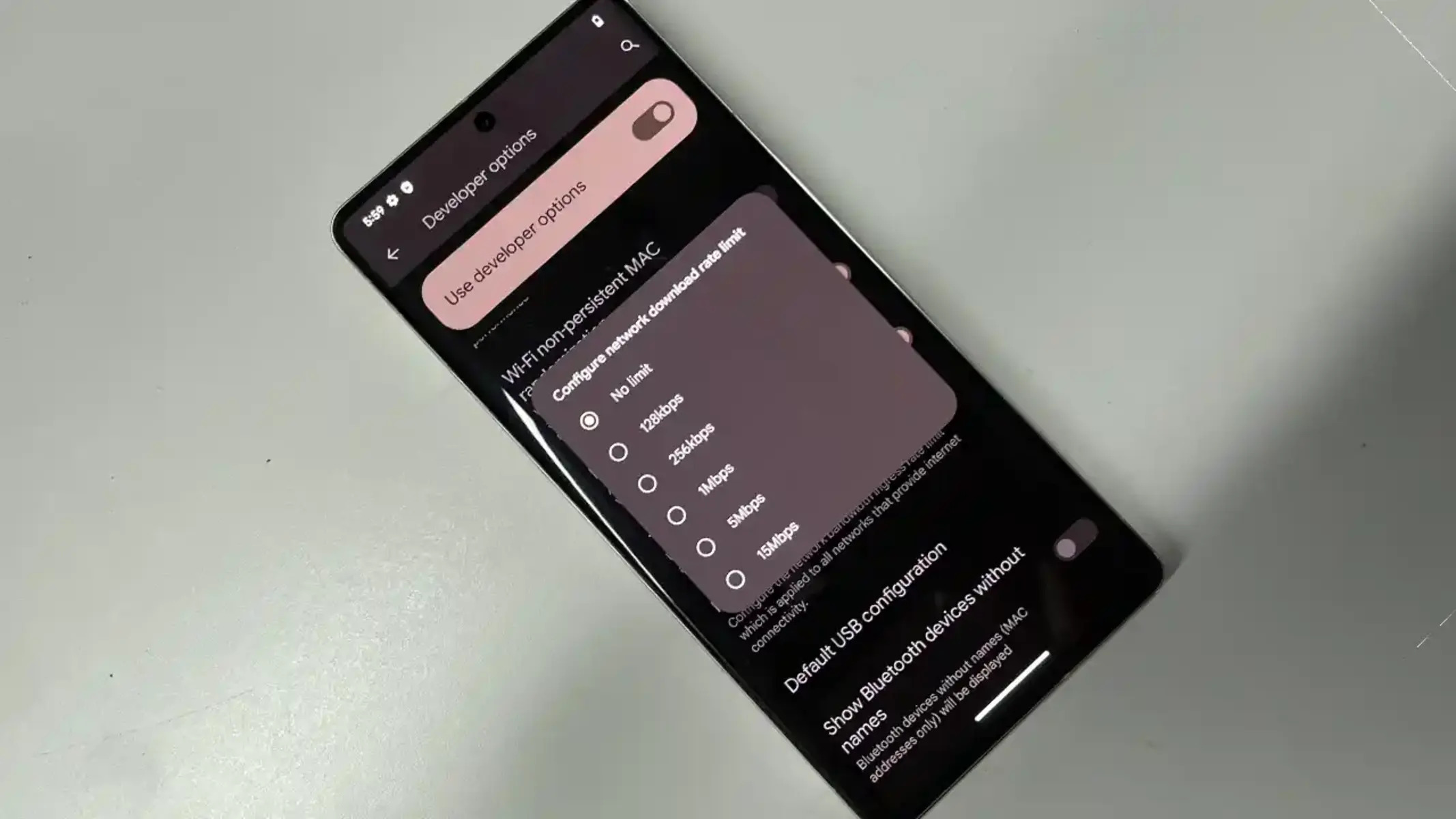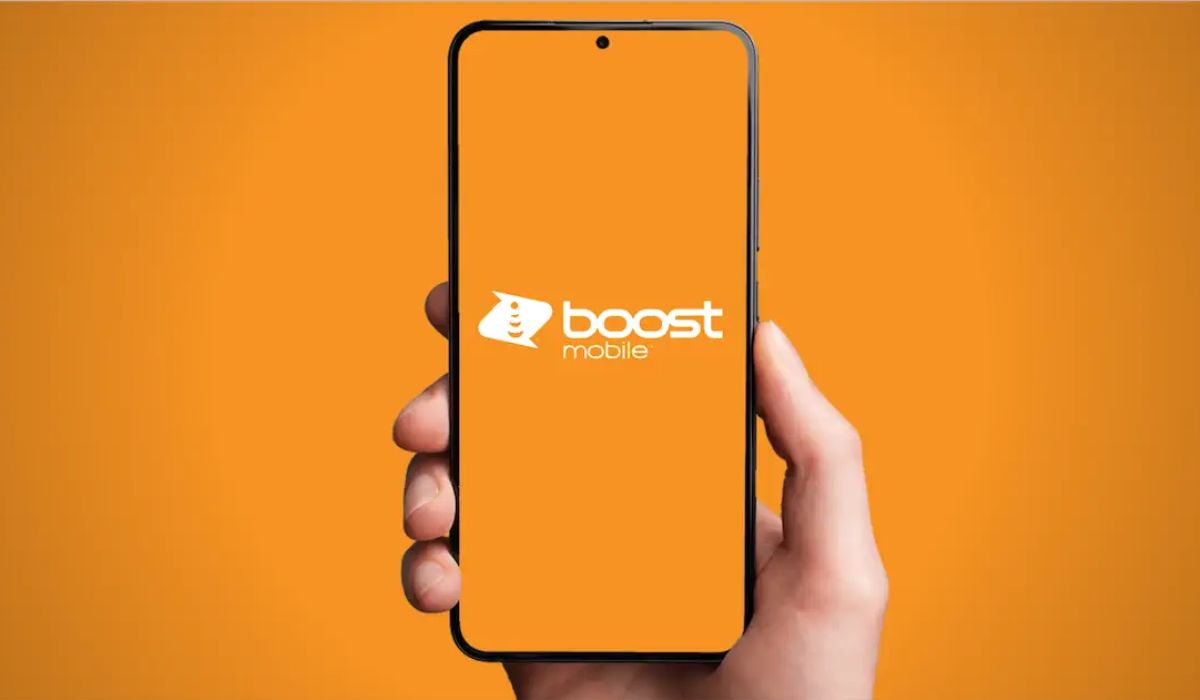Introduction
In today's fast-paced and interconnected world, staying connected to the internet is crucial. Whether it's for work, leisure, or keeping in touch with friends and family, having access to mobile data is a necessity for many people. However, there are situations where sharing mobile data without using a traditional Wi-Fi hotspot becomes essential. This could be due to limited hotspot availability, the need to conserve battery life, or simply the desire to share data in a more convenient and efficient manner.
In this article, we will explore various methods and techniques for sharing mobile data without relying on a traditional Wi-Fi hotspot. From Bluetooth tethering to USB tethering and the use of third-party apps, we will delve into the different options available for seamlessly sharing mobile data across devices. Whether you're looking to share your mobile data with a friend, family member, or another one of your own devices, these tips and tricks will provide you with the knowledge and tools to do so effectively.
So, if you've ever found yourself in a situation where you needed to share your mobile data without using a traditional Wi-Fi hotspot, you're in the right place. By the end of this article, you'll have a comprehensive understanding of the various methods available for sharing mobile data and be well-equipped to leverage these techniques in your day-to-day connectivity needs. Let's dive into the world of mobile data sharing and discover the possibilities beyond the conventional Wi-Fi hotspot!
Bluetooth Tethering
Bluetooth tethering offers a convenient and power-efficient way to share mobile data between devices without relying on a traditional Wi-Fi hotspot. This method utilizes the Bluetooth technology present in most modern smartphones, allowing for seamless data sharing over short distances.
To initiate Bluetooth tethering, both the sending and receiving devices need to have Bluetooth capabilities. Once the devices are paired and connected via Bluetooth, the sharing device can enable Bluetooth tethering in its settings. This will allow the receiving device to access the internet using the mobile data connection of the sharing device.
One of the key advantages of Bluetooth tethering is its low power consumption. Unlike Wi-Fi hotspot tethering, which can drain the battery quickly, Bluetooth tethering is designed to be more energy-efficient, making it an ideal choice for conserving battery life while sharing mobile data.
Additionally, Bluetooth tethering provides a secure connection between the devices, as it operates over short-range wireless technology. This can be particularly advantageous in public settings where Wi-Fi security may be a concern.
It's important to note that while Bluetooth tethering offers convenience and energy efficiency, it may not be as fast as traditional Wi-Fi hotspot tethering. The data transfer speeds are typically lower, making it more suitable for light browsing, messaging, and other basic internet activities.
In summary, Bluetooth tethering presents a practical and power-efficient method for sharing mobile data without relying on a Wi-Fi hotspot. Its low power consumption, secure connection, and ease of use make it a valuable option for individuals looking to share mobile data across devices in a convenient and battery-conscious manner. Whether you're sharing data with a friend or connecting your own devices, Bluetooth tethering provides a reliable alternative to traditional Wi-Fi hotspot sharing.
Wi-Fi Direct
Wi-Fi Direct represents a versatile and efficient method for sharing mobile data without the need for a traditional Wi-Fi hotspot. This technology allows for direct communication between devices, enabling seamless data sharing in a peer-to-peer fashion. Unlike Bluetooth tethering, Wi-Fi Direct offers faster data transfer speeds and a more robust connection, making it suitable for a wide range of data-sharing scenarios.
To initiate Wi-Fi Direct, both the sending and receiving devices must support this technology. Once the devices are Wi-Fi Direct-enabled, they can establish a direct connection without the requirement of a traditional wireless access point. This direct link allows for the transfer of data, including internet connectivity, between the devices.
One of the key advantages of Wi-Fi Direct is its enhanced data transfer speeds. Compared to Bluetooth tethering, Wi-Fi Direct can deliver faster and more reliable data transmission, making it suitable for activities that demand higher bandwidth, such as streaming media, video calls, and large file transfers.
Additionally, Wi-Fi Direct offers a seamless and user-friendly experience. Devices can easily discover and connect to each other using this technology, eliminating the need for complex setup procedures. This simplicity makes Wi-Fi Direct an accessible option for individuals looking to share mobile data across devices without the constraints of a traditional Wi-Fi hotspot.
Furthermore, Wi-Fi Direct provides a secure and stable connection. With its robust encryption and authentication mechanisms, Wi-Fi Direct ensures that data shared between devices remains protected. This is particularly valuable in scenarios where privacy and security are paramount, such as in business or personal data sharing environments.
In summary, Wi-Fi Direct stands as a powerful and versatile method for sharing mobile data without relying on a traditional Wi-Fi hotspot. Its superior data transfer speeds, user-friendly operation, and robust security features make it an attractive choice for individuals seeking a reliable and efficient means of sharing data across devices. Whether it's for collaborative work, multimedia sharing, or simply connecting personal devices, Wi-Fi Direct offers a compelling alternative to conventional Wi-Fi hotspot sharing methods.
USB Tethering
USB tethering provides a straightforward and reliable method for sharing mobile data between devices without the need for a traditional Wi-Fi hotspot. This approach leverages the physical connection of a USB cable to establish a direct link between the sharing device, typically a smartphone, and the receiving device, such as a laptop or tablet. Through this direct USB connection, the sharing device can seamlessly share its mobile data connection with the receiving device, enabling internet access and data sharing.
To initiate USB tethering, the sharing device needs to be equipped with a USB port and a compatible cable for connecting to the receiving device. Once the devices are physically connected via USB, the sharing device can enable USB tethering in its settings. This action establishes a network connection between the devices, allowing the receiving device to access the internet using the mobile data connection of the sharing device.
One of the key advantages of USB tethering is its reliability and stable connection. Unlike wireless methods such as Bluetooth tethering and Wi-Fi Direct, USB tethering offers a direct and secure physical connection between the devices, minimizing the potential for signal interference or connectivity issues. This makes it an ideal choice for scenarios where a consistent and dependable data connection is essential, such as in professional settings or during critical tasks that require uninterrupted internet access.
Additionally, USB tethering delivers fast and efficient data transfer speeds. The direct USB connection enables rapid data transmission, making it suitable for bandwidth-intensive activities such as video streaming, online gaming, and large file downloads. This high-speed connectivity can significantly enhance the user experience, particularly when compared to wireless sharing methods that may be subject to signal limitations and environmental factors.
Furthermore, USB tethering provides a power-efficient solution for sharing mobile data. Since the devices are physically connected via USB, there is no additional strain on the sharing device's battery, unlike with wireless tethering methods that may consume more power. This makes USB tethering an energy-conscious option, particularly when sharing data over extended periods or when battery conservation is a priority.
In summary, USB tethering stands as a robust and efficient method for sharing mobile data without relying on a traditional Wi-Fi hotspot. Its reliable and stable connection, high-speed data transfer capabilities, and power-efficient operation make it a compelling choice for individuals seeking a dependable and direct means of sharing data across devices. Whether it's for professional tasks, entertainment purposes, or everyday connectivity needs, USB tethering offers a practical alternative to conventional Wi-Fi hotspot sharing methods.
Third-Party Apps
In addition to the built-in methods for sharing mobile data, another avenue to explore is the use of third-party apps specifically designed for facilitating data sharing between devices. These apps offer a range of features and functionalities that can enhance the process of sharing mobile data without relying on a traditional Wi-Fi hotspot. From advanced connection management to additional security measures, third-party apps present a compelling alternative for individuals seeking more customization and control over their data sharing experience.
One of the key advantages of utilizing third-party apps for data sharing is the flexibility and customization they offer. These apps often provide a variety of settings and options that allow users to tailor their data sharing preferences according to their specific needs. Whether it's fine-tuning connection parameters, optimizing data usage, or implementing additional security measures, third-party apps can empower users with a higher degree of control over their data sharing process.
Furthermore, many third-party apps incorporate advanced features that go beyond the capabilities of built-in sharing methods. This may include the ability to monitor data usage in real-time, prioritize certain types of traffic for optimized performance, or even establish secure virtual private network (VPN) connections for enhanced privacy and data protection. By leveraging these advanced functionalities, users can elevate their data sharing experience and address specific requirements that may not be fully met by standard sharing options.
Additionally, third-party apps often undergo regular updates and improvements, ensuring that users have access to the latest enhancements and optimizations for their data sharing needs. This commitment to ongoing development and refinement can result in a more seamless and efficient data sharing experience, as app developers strive to address user feedback, enhance performance, and introduce new features that align with evolving connectivity demands.
It's important to note that when choosing third-party apps for data sharing, users should prioritize reputable and trusted applications from verified sources. This can help mitigate potential security risks and ensure that the selected apps adhere to industry standards for data privacy and user protection. By exercising caution and selecting reputable third-party apps, users can maximize the benefits of these applications while minimizing potential drawbacks.
In summary, third-party apps represent a valuable avenue for sharing mobile data without relying on a traditional Wi-Fi hotspot. With their flexibility, advanced features, and ongoing development, these apps offer users the opportunity to enhance their data sharing experience and tailor it to their specific requirements. By exploring the diverse range of third-party apps available, individuals can discover new possibilities for seamless and efficient mobile data sharing across their devices.
Conclusion
In conclusion, the landscape of mobile data sharing extends far beyond the confines of traditional Wi-Fi hotspots. By exploring the diverse array of sharing methods and techniques, individuals can unlock a world of possibilities for seamless connectivity and data sharing across their devices. From Bluetooth tethering and Wi-Fi Direct to USB tethering and the utilization of third-party apps, the options for sharing mobile data without a hotspot are as varied as they are versatile.
Each method presents unique advantages and considerations, catering to different preferences, usage scenarios, and connectivity needs. Bluetooth tethering offers a power-efficient and secure way to share data over short distances, making it ideal for casual browsing and messaging. Wi-Fi Direct, with its superior data transfer speeds and robust connection, stands as an excellent choice for activities that demand higher bandwidth, such as media streaming and video calls. USB tethering provides a reliable and high-speed data sharing solution, particularly suitable for professional tasks and bandwidth-intensive activities. Additionally, third-party apps offer a realm of customization and advanced features, empowering users with greater control over their data sharing experience.
As technology continues to evolve, so too do the possibilities for mobile data sharing. With ongoing advancements in connectivity standards and the development of innovative sharing solutions, individuals can look forward to a future where seamless data sharing across devices becomes even more accessible and efficient. Whether it's collaborating on projects, enjoying multimedia content, or staying connected while on the go, the ability to share mobile data without a traditional Wi-Fi hotspot opens up a world of convenience and flexibility.
Ultimately, the choice of sharing method depends on individual preferences, device compatibility, and the specific requirements of each data sharing scenario. By being aware of the diverse options available and understanding the strengths of each method, individuals can make informed decisions that align with their connectivity needs. Whether it's leveraging the power-efficient nature of Bluetooth tethering, the high-speed capabilities of USB tethering, or the advanced features of third-party apps, the world of mobile data sharing is rich with possibilities.
As we continue to embrace the interconnected nature of our digital lives, the ability to share mobile data without a traditional Wi-Fi hotspot serves as a testament to the adaptability and innovation within the realm of connectivity. By staying informed and exploring the diverse methods for sharing mobile data, individuals can navigate their connectivity needs with confidence, knowing that a wealth of options exists to facilitate seamless and efficient data sharing across their devices.







